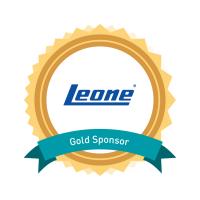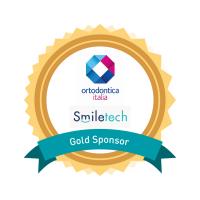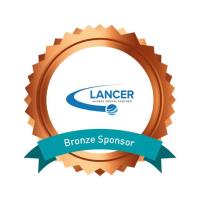Abstract
Skeletal Anchorage to overcome Aligners Limits: When, Why and How?
by Iodice Giorgio
Over the past years we have been witnessing more and more demand for aesthetics by our orthodontic patients, as a consequence of the increasing of orthodontics among adults as well as the attention to aesthetics among teenagers. On the one hand, this has led to a greater request for treatment, opening up new possibilities and an increase in the number of patients. On the other hand, it has stimulated the birth and development of increasingly aesthetic and "invisible" or "poorly visible" methods, to meet the aesthetic demands of our patients. However, nowadays it is a scientific evidence and common clinical experience that there are limits in dealing with complex orthodontic movements with aligners. Some of these limits may be related to the operator, but most of them are related to the material and the biomechanics of the aligners. Some limits can be certainly overcome or minimized by the use of hybrid mechanics deriving from the association of aligners with skeletal anchorage and more reproducible and efficient biomechanics. Aim of the lecture will be to describe clinical workflows to combine aligners and skeletal anchorage in different clinical scenarios: from the rationale, to the choice of devices and timing of application. Attendees will be leaded to more simplified and predictable approaches, from easy clinical management and routinely applicable in everyday orthodontic clinical practice. New protocols and new therapeutic possibilities are nowadays available joining together the skeletal anchorage to invisible or quite invisible mechanics, with new opportunities for adult patients and not only.
Learning Objectives
After this lecture, you will be able to recognize the possible limits of aligner therapy
After this lecture, you will be able to know how to choose when skeletal anchorage can support aligner therapy
After this lecture, you will be able to evaluate hybrid treatment options for resolving the most complex orthodontic cases

















